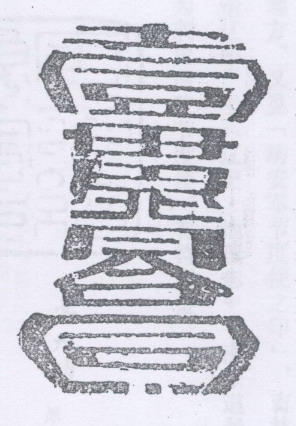
Please see the rubbing of the seal

 (Yi Guan Bei He Tong).
(Yi Guan Bei He Tong).
| The Character on the seal | The corresponding Standard Script character | The character's pronunciation | The character's meaning |
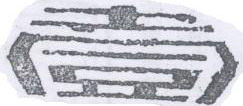 |  | Yi | One |
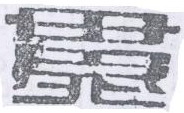 |  | Guan | Ancient Chinese Money Unit, equal 1000 Wen |
 |  | Bei | Back side |
 |  | He | Meet together |
 |  | Tong | Can Match when meet together |
The Standard Script character is common nowadays, it is called Kai Style, and easy to recognize.
The style of the characters on the seal are called Song Style, so the characters on the seal are called Song Style characters.
In fact, they were at first called Qin Style characters in Southern Song Dynasty(1127 A.D. -- 1279 A.D.).(I will explain that in detail later.)
Compare the Song Style characters with the Standard Script(Kai Style) characters,
You can see the character "Yi" is easy to recognize,
the character "Guan" and the character "Bei" overlap with a few strokes,
the character "Bei" and the character "He" are connected,
the character "Tong" is closed at the bottom part.
Why the characters show such variant form?
It added difficulties for imitation attempt and was used for Anti-Tampering paper money, I will also explain that in detail later.
In fact, the predecessor scholar gave some research articles before, and there are books nowadays refer to the seal.
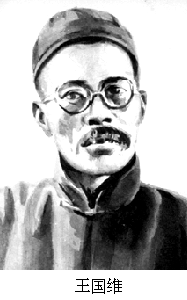
|
 (Wang Guo Wei)(1877 A.D. -- 1927 A.D.), a famous scholar, gave some research details about the seal. (Wang Guo Wei)(1877 A.D. -- 1927 A.D.), a famous scholar, gave some research details about the seal.
|
Please see the following book photos for his works: "Guan Tang Ji Lin" (Guan Hall Thesis Collection).
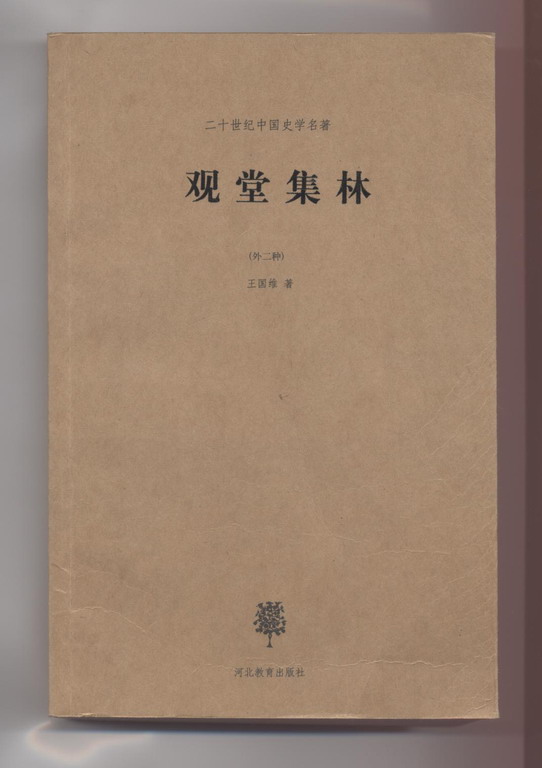
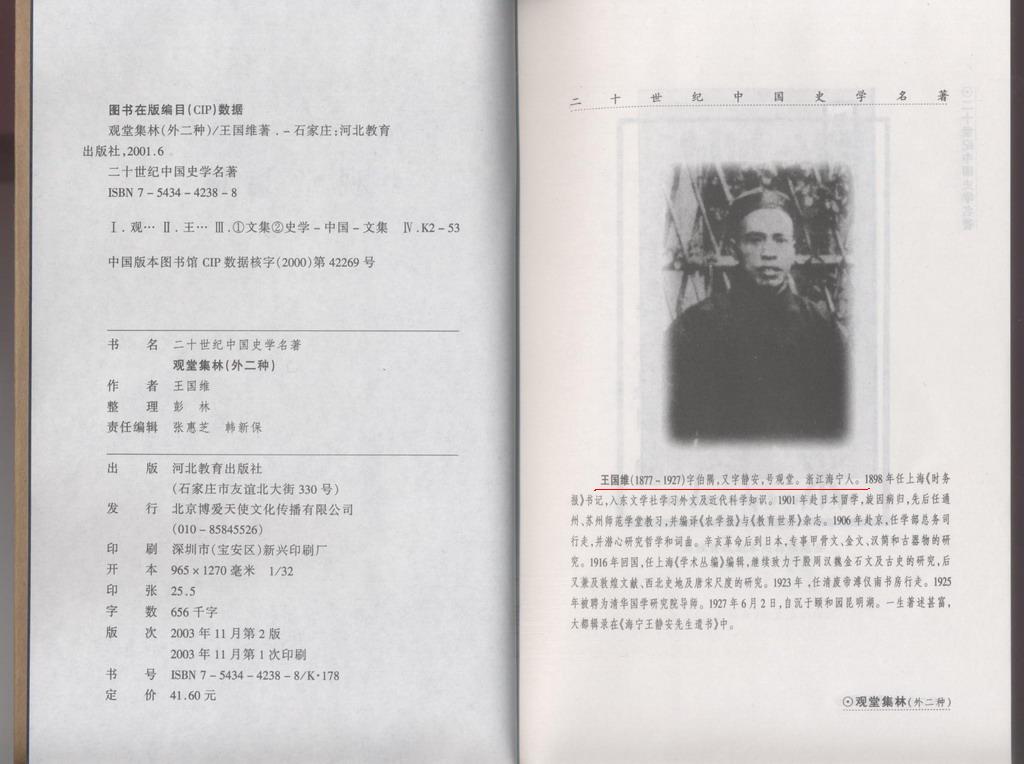
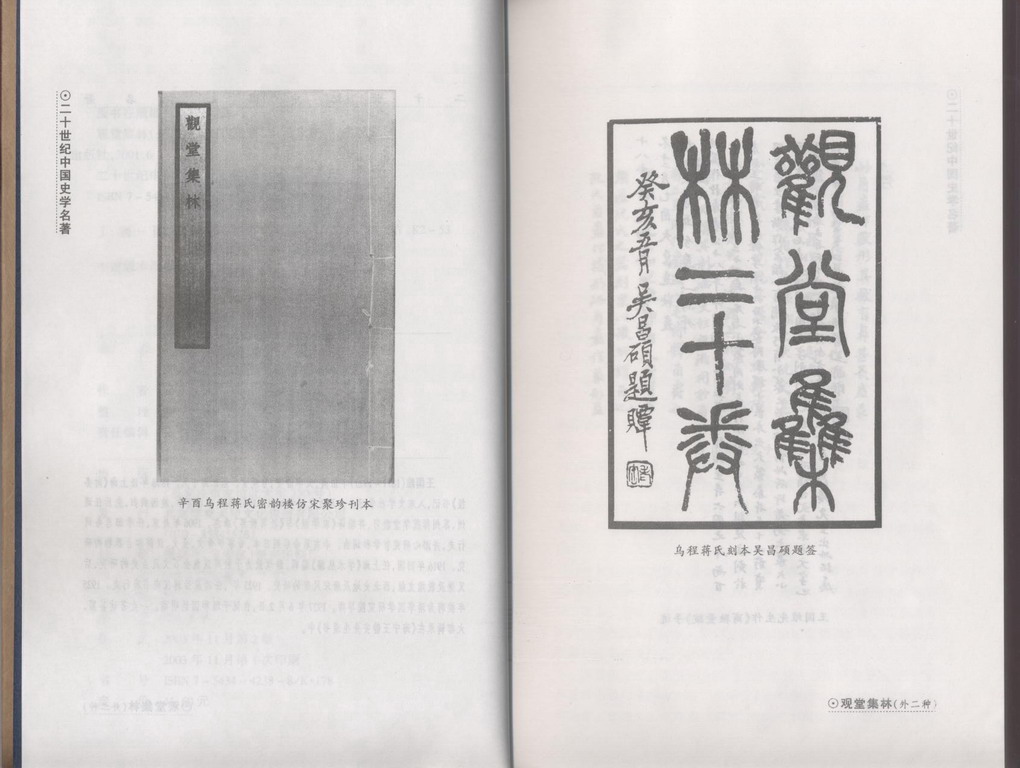
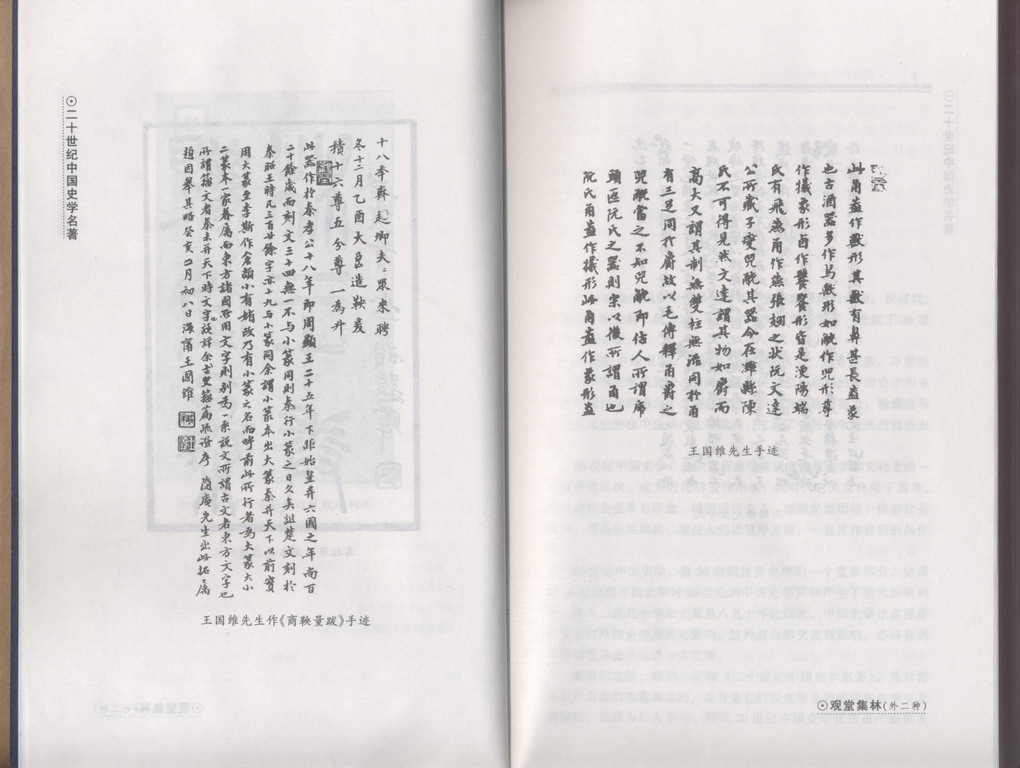
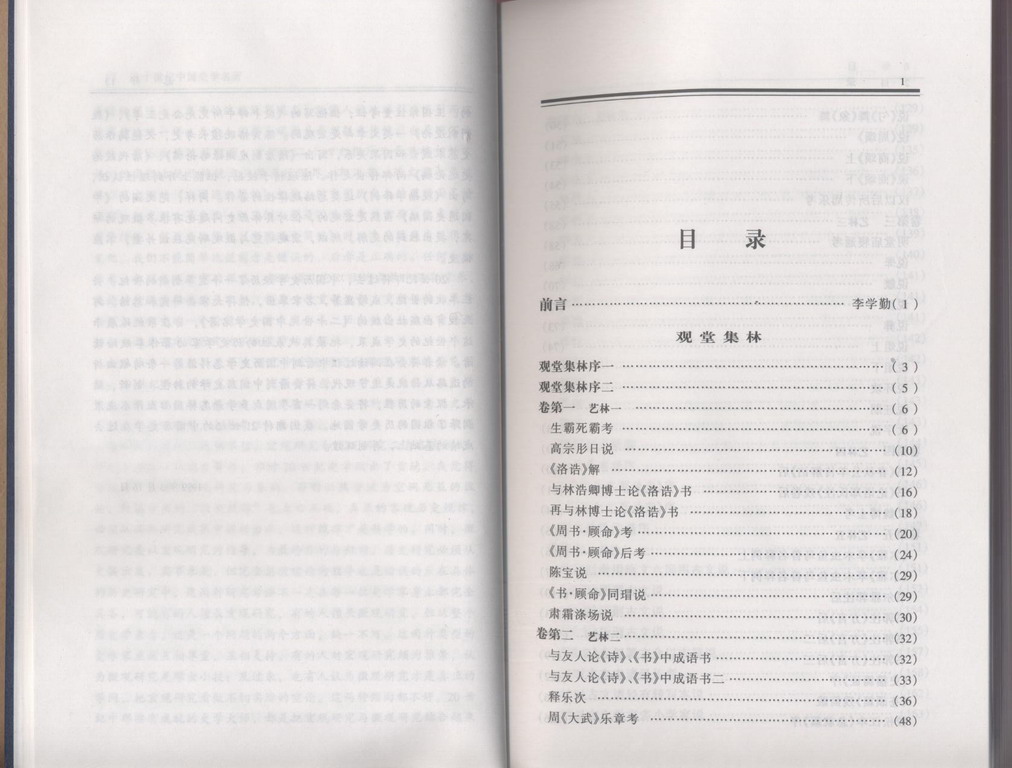
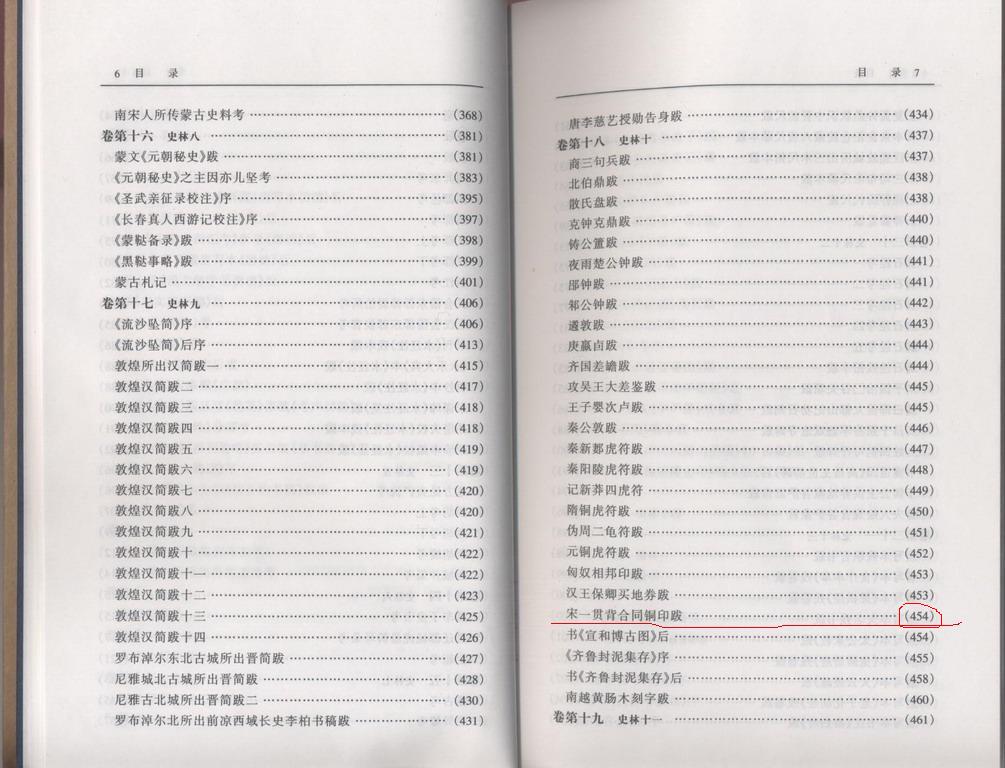
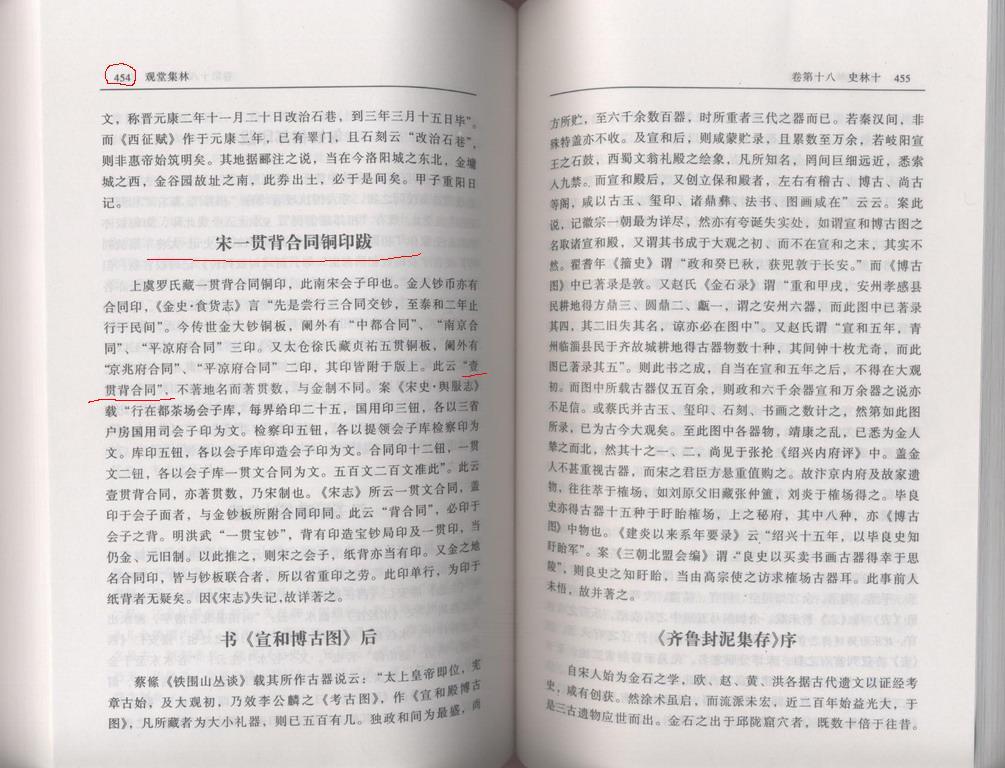
| Previous | Next |
| Home | Content |